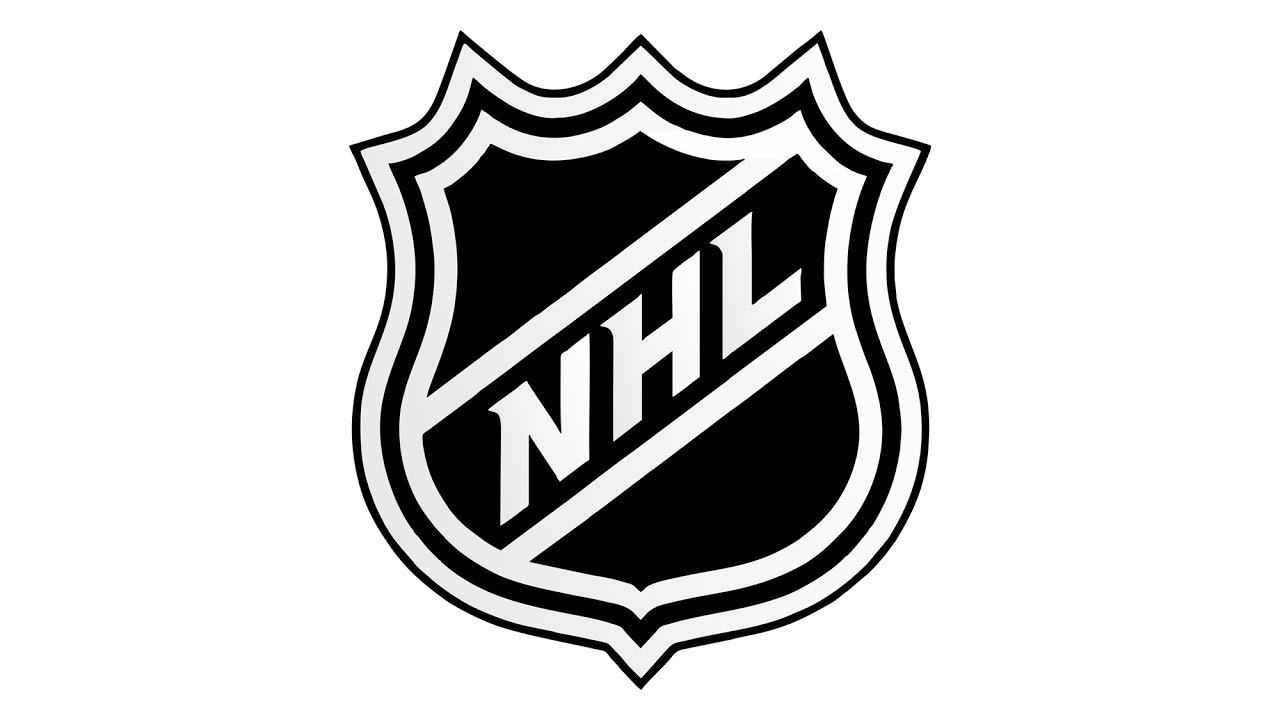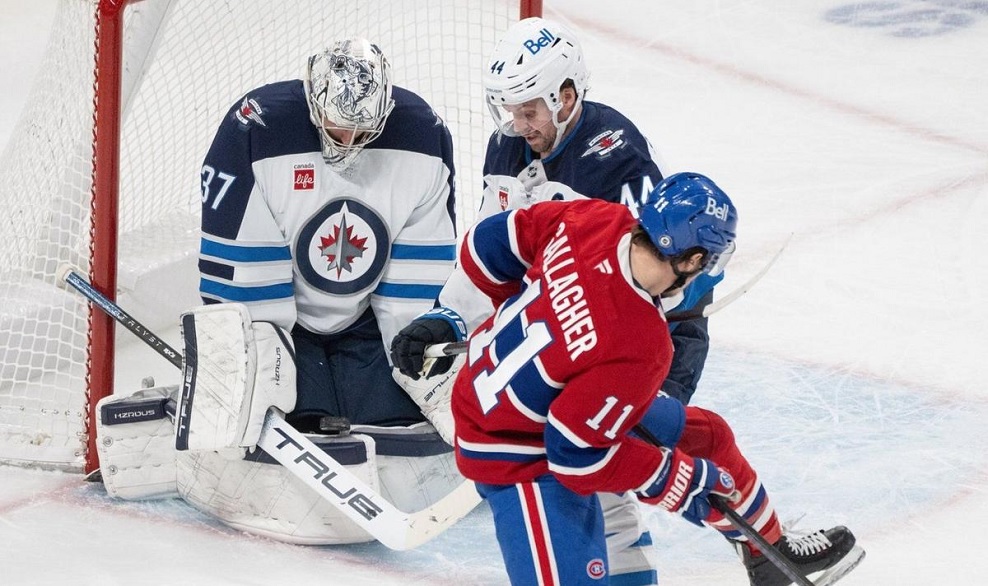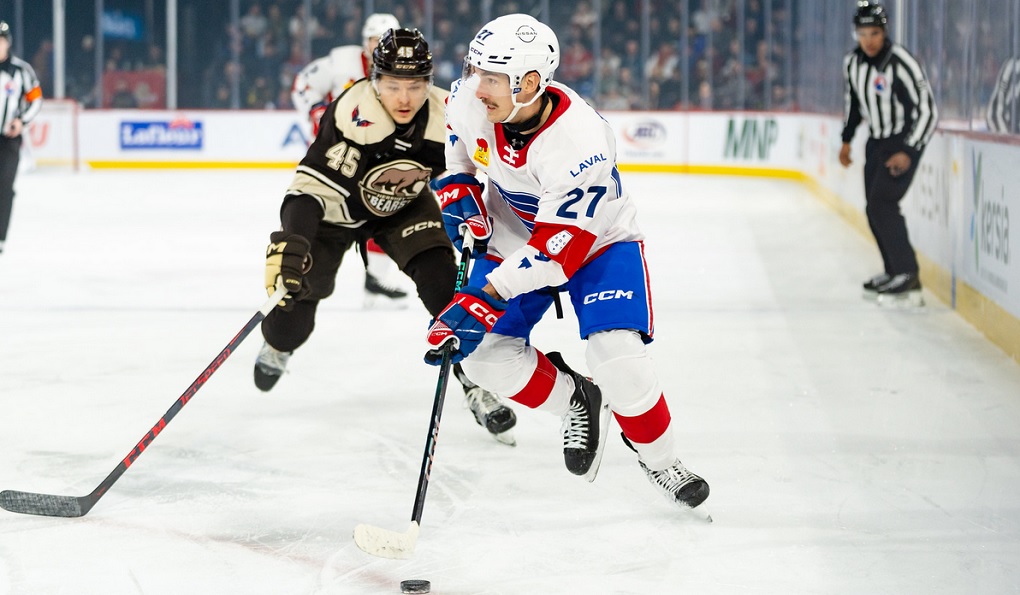HabsWorld.net --
The NHL’s suspension of the 2020 season has left fans of this sport with very few things to discuss. Quite frankly, all of us have more important things on our minds right now.
We had planned on publishing this piece in late March but with no games in the foreseeable future to analyze, we’ve moved it up a couple of weeks.
Hopefully, the COVID-19 outbreak reverses. In the meantime, perhaps now is the time to provide more “offseason” style columns to take off a tiny bit of the edge in this growing crisis.
All of us need diversions. For most of our readers, hockey talk serves this purpose.
With this in mind, here’s a unique perspective on how the NHL could quickly improve its product and give some hope to fans of franchises mired in either “tank nation” or middling status- like the Montreal Canadiens.
It will certainly generate some debate.
It’s been a tough few years for fans of the Montreal Canadiens as their team continues its painful “reset/retool/rebuild” – pick your poison. The struggles that the Habs have endured though, are not isolated to their immediate fan base. In many respects, what they’re going through is happening to roughly 20 or more other NHL franchises.
How this league stays in business when nearly two-thirds of its product is so subpar is a true testament of the tolerance levels of its hardcore fan base.
The main culprit for this mess though is neither team general managers nor coaches. Marc Bergevin and Claude Julien, with all of their deficiencies, are not the main problem. No, the real problem is the result of the unintended consequences of the NHL’s salary cap – this well-intentioned but flawed filled measure that was created to bring about parity.
I am not going to suggest that the cap be eliminated. The concept is good. It’s just in need of three key patches. Fix the issues related to the cap and most of the problems that the majority of NHL fans are enduring will quickly go away.
NHL Patch 2.0
Very briefly, I propose a radical alteration of the current NHL amateur draft where:
• The league’s bottom feeding teams get two guaranteed first-round picks, two years in a row;
• An expanded playoff format involving three-game wildcard playoff series for teams that finish 7-10 in the Eastern and Western Conference standings; along with
• An incentivized re-working of the national TV contract that reduces revenue sharing and instead rewards quality play for winning franchises.
The cap itself stays but these three patches will allow teams greater flexibility for quicker rebuilds. For simplicity’s sake, I’ll call these three measures, “NHL Patch 2.0.”
NHL, We Have A Problem
Before I fully explain these patches, let me first discuss the problem.
The whole point of the salary cap is to keep alive non-traditional or poorer markets and provide fan bases with some hope. There are very important reasons why the NHL needs franchises like Carolina, Columbus, Seattle (soon), and Arizona to remain alive and well and it principally begins and ends with revenues derived from national TV contracts. TV deals are best maximized if the league has a truly national audience.
Remove the weaker, smaller markets from the equation and your national viewership drops and so too does the value of your deal with the NBCs of this world. It’s that simple.
Toronto and New York fans, this is reality and you have to deal with it.
Now the cap was implemented to bring about parity. With parity comes hope for the Carolina’s and Nashville’s of this world. And with hope, there is increased TV viewership.
The thing is, the cap has provided a poor version of hope. Sure, there are now fewer back to back Stanley Cup champions and definitely no dynasties, but there has been little improvement in the overall competitive product.
Even worse, the salary cap has made it very hard for teams, be they large or small market ones, to trade for players or acquire them via free agency.
And once NHL clubs finally become legitimate contenders by undergoing painful rebuilds via the draft, they are soon forced to sell off key assets, oftentimes with quality draft picks and then hope and pray that they can replace them with cheaper younger talents. Just ask the Chicago Blackhawks how problematic this strategy can be.
Tank Nation → Contention → Mediocrity → Repeat
Here is what the typical life cycle of NHL teams has been several years after the introduction of the salary cap: There’s usually six years of “tank nation” misery, followed by a three-to-four year window of contention, which is then followed by five years of mediocrity, and then a return back to tank nation misery. Rinse, cycle and repeat.
NHL March Madness
Nearly half of all of the NHL’s teams are out of playoff contention by the trade deadline. These franchises, play out their remaining 20 games in meaningless “potential spoiler” or “look at our ‘promising’ future prospects” contests before they finally put us fans out of our misery and hit the links.
All of this is happening when the NHL has its greatest share of the TV viewing marketplace with neither the NFL or MLB to compete with.
I don’t need an MBA to realize that this is a bad business idea. Shouldn’t the end of February and all of March be the months where the NHL is aggressively showcasing its product to a sports hungry marketplace? Shouldn’t “March Madness” be referring to the NHL’s numerous franchises frantically fighting it out rather than for second rate college basketball teams?
Most NHL clubs do not have fans willing to cheer for them no matter what. Many are casual or of the fair-weather variety. If the tank and mediocrity portion of the life cycle is nine years, there is a good chance, especially in non-traditional markets, that a generation of potential fans will be lost. Again, this is not good for business.
You can’t tell me that it is acceptable to have all of the state of California’s hockey teams in rebuild/retool mode. And this is just one key American market.
And those who still watch in traditional hardcore hockey markets like Montreal, tend to be the most miserable of fans. This misery is hurting the Canadiens’ growth in popularity outside of the province of Quebec and this will likely lead to a lower franchise value.
I’m tired of the Canadiens’ rebuild. I get why it is necessary but it’s taking way too long and I’m not convinced that once this franchise starts to show some promise that this period in an oasis will last all that long. Rather than just gripe about this matter though, I want to offer what I consider to be a workable solution that will give all franchises, Montreal’s included, faster rebuilds and in the process, improve the quality of the NHL’s product.
Four Guaranteed First Round Picks
My first proposal is that this league give franchises that failed to make the playoffs two guaranteed first round picks two years in a row for a whopping total of four first rounders over this time span. That’s right, they’ll get guaranteed four first round picks over two years in order to quickly speed up their rebuilds.
With this many picks, even the most incompetent GM couldn’t mess things up- the Oilers’ and Islanders’ previous management teams excluded.
These picks will be determined by an equally weighted lottery to disincentivize tanking.
Each club will have the option of either keeping these picks or trading them away to further speed up their rebuilds/resets.
Could you imagine the flexibility that GM Marc Bergevin would have with four first rounders to work with?
As the years move forward, each franchise will eventually be so well stockpiled with prospects that turn arounds would likely be even faster than three years. Goodbye long, painful and unnecessary suffering! Hello, true parity.
Expand The Number Of Playoff Teams Through Wild Card Series
This change to the draft is the first major step towards bringing some hope to the majority of the NHL’s suffering fan bases. The next key patch is for the league to alter its playoff structure back to the simple and clear 1 vs 8 conference format with the added tweak of teams 1-6 getting a week bye while the franchises that finish 7-8 squaring off playing seeds 9 and 10 in a one week, three-game, “wildcard series.”
This, along with the equally weighted draft lottery, should significantly reduce any inkling a franchise might have in terms of considering tanking. Just in case though, my third proposed patch definitely shuts the door.
Reward Playoff Teams With Higher Television Revenues
Why should teams that are out of the playoffs earn money for not contributing anything to the NHL’s TV product during the peak ratings portion of the season? They shouldn’t. These teams should lose a portion of television revenues for failing to produce a productive product.
By making them pay for their ineptitude, team owners will now be totally incentivized to build as good a product as possible.
With these three measures then, the last 20 games of the season will all of a sudden deliver hope for at least 70-80% of the league’s fans and thus, increase television ratings during peak viewing season.
Twelve Teams Draft Twice In The First Round
Here now are more details concerning the draft. With my wildcard series proposal, 10 teams in each conference would make the playoffs – either as wildcards or top-sixers. This means that 12 (once Seattle enters the league) will be playing golf in April.
The draft order will be based on an equally weighted lottery with the odds being the same for the worst to mediocre teams that fail to make the playoffs. This year, for instance, Detroit would have the same chance of winning the draft lottery as say Montreal. The draft order would go as follows:
Whoever wins the lottery selects first. Let’s pretend that it’s Detroit, then the Red Wings wait until the 12th player is selected and then draft at 13. Whoever selects 2nd then drafts at 14. Whoever selects 3rd also gets 15 … yadda, yadda…the 12th worst team gets picks numbers 12 and 24.
In year two, these franchises get the exact same picks – even if they make the playoffs. That’s right, even if they make the playoffs. So using the above example, the Wings once again get picks 1 and 12.
The purpose of NHL Patch 2.0 is to help both the weak Los Angeles’ and Detroit’s of the NHL as well as the mediocre ones such as the Montreal’s and Minnesota’s, to stop treading water.
The Next Eight Picks
The next 8 picks will go to the teams that lost in the three-game wildcard series. They each get two back to back picks. For example, let’s say Columbus makes it to the wildcard series, and then gets knocked out. If it had the worst regular season record of the four wildcard losers, then it would receive picks 25 and 26 in the draft for that particular year. The next wildcard series loser with the lowest number of regular season points gets draft picks 27 and 28 and so on until we get to pick number 32.
The Next 16 Picks
After the wildcard series, the next set of playoff losers in “round 1” (that would be 8 teams) would get the same types of back to back draft picks. This would take us to picks 33 and 48. First round losers, tend to be good to mediocre franchises that could use a bit more talent to truly contend. That’s why I propose that they get these extra picks.
The Remaining Picks
Starting at 49, things then revert back to a traditional draft based on standings and playoff performances with no back to back picks. So if Detroit got first overall, then it would now get pick number 49.
“Rounds” 1-9
The draft rounds would be very different from what we are used to seeing or naming them based on the proposed order here. For simplicity’s sake, I will call the selections 1-24 as “first rounders,” 25-32 as “second rounders,” 33-48 as “third rounders,” 49-80 as “fourth rounders,” 81-112 as “fifth rounders” and so on.
The only picks that could be traded under this proposal then would be the first 24 (because they are locked in for two years) followed by the “fourth rounders”- numbers 49 onwards since there are no back to backs involved.
Of course, trades made before this new scheme is implemented would also have to be grandfathered in.
A Few Tweaks In Year Two
In year two, there needs to be a few more tweaks to the NHL draft. Some teams that failed to make the playoffs may have improved and made it to the dance. This means that some that made it the year before did not do so in year two.
The same lottery teams from year one get the same (guaranteed) picks as year one regardless of how they finish. The teams that failed to make the playoffs in year two, will get the next back to back picks.
So let’s say, Toronto made it to a wildcards series in year one but not in year two, and it had the worst season record of any other club that also did the same, then it would draft before any of the four wildcard series losers from year two at 25 and 26. This order would continue for other teams that had a similar fate.
The four wild card series losing teams would go next. Then the first round playoff losers get their back to back picks. Then the draft reverts back to what it’s traditionally been.
The system resets itself every two years. That is, there is a new lottery for non-playoff teams that finish 22nd-32nd overall. The wildcard series losers go next, receiving back to back picks, then the first round playoff losers follow with back to backers. Then the draft reverts back to the traditional format.
Hope Restored
Yes, I get it, the math is a bit confusing. I would be shocked if I got everything right here but it’s the concept is what I am trying to sell. Think of the positive effects of giving quality draft picks to weak and mediocre franchises and expanding the number of teams in the playoffs.
It will likely save a lot of coaches and GMs their jobs. Franchises might use some of their extra guaranteed picks in trades for even speedier rebuilds. Owners will feel less heat from their frustrated and increasingly indifferent fan bases. They will also be highly incentivised with the redistribution of TV revenues for producing a poor product. More seats will be filled in arenas as fans will have hope from coast to coast through improved rosters and wildcard births. Franchise valuations should increase as fan support grows. And TV executives will be pleased with their higher rated broadcasts. Basically, hope will be restored.
It’s Neither A Marc Bergevin Nor A Montreal Problem
Let me conclude by saying that I’m tired of all the negativity associated with the Montreal Canadiens. I get why so many fans are disappointed in Marc Bergevin. He has not delivered the goods, appears to espouse more of a 20th-century vision of management than I care for, and is doing a poor job of selling hope to his team’s fanbase. However, it has to be understood that the problem with the Montreal Canadiens goes far beyond him. This is an NHL problem.
There are literally 20 other teams mired in either in full tank or mediocre status. That’s why we need to stop starring at the trees and instead look at the forest.
Maybe ideas like NHL Patch 2.0 can help start a conversation on this matter.
Perhaps you can come up with your own patch to the salary cap conundrum and share it with the NHL powers that be.
The bottom line is, we fans, those of us who pay to see games, buy jerseys and watch televised games and their all-important commercials, need to get a conversation going. A constructive one with workable win-win solutions.
One of my favourite sayings, when things seem dire, is, “It doesn’t have to be this way.”
The problem has been identified. Let’s now fix it.


